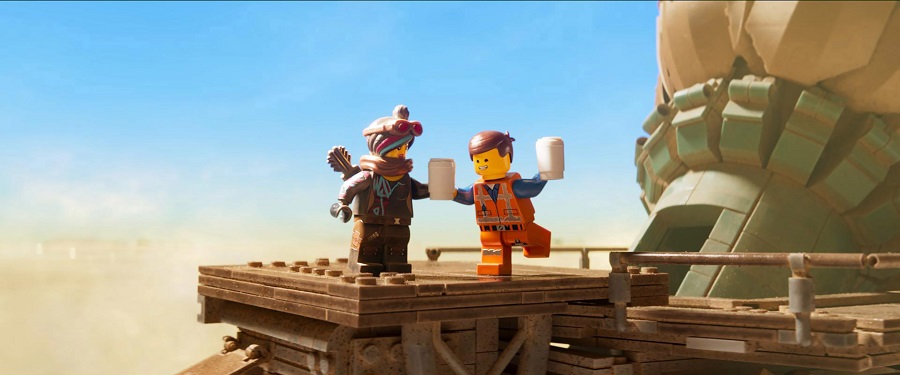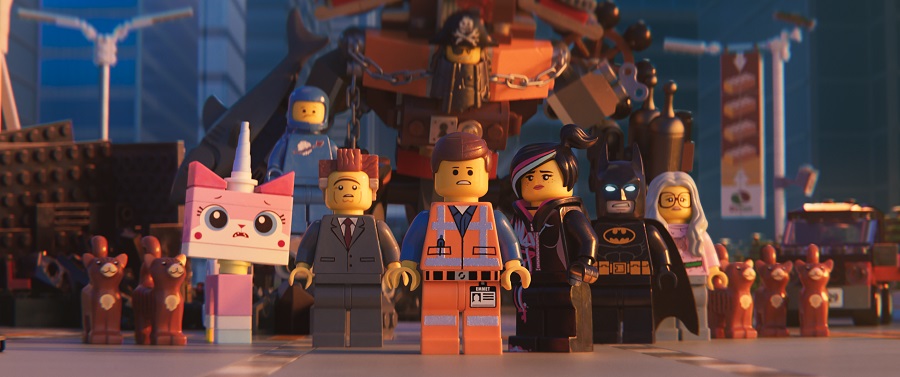RIYADH: Diriyah Art Futures opened a new residency displaying cutting-edge artwork in Riyadh on Wednesday evening.
The Mazra’ah Media Art Residency spring/summer 2025 open studio displays work that combines art, science and technology.
It is a three-month program designed for artists and scholars working across new media and digital art.
The theme, “High-Resolution Dreams of Sand,” explored the evolving relationships between humans, nature and technology in rapidly changing environments, informed by the distinctive contexts of Diriyah and Riyadh.
The evening’s open studio offered a behind-the-scenes look at work in progress from the spring/summer 2025 residents, alongside talks and studio discussions.
In the studios, Arab News met with various artists including Saudi Arwa Al-Neami whose creations explore themes of acceptance, identity and societal transformation.
During the residency, she undertook an artistic investigation of Saudi Arabia’s landscapes, collecting sand samples from various regions across the Kingdom.
Through nano microscopy and advanced imaging techniques, she created an immersive sensory experience that transforms microscopic grains of sand into pieces of art in the form of films, virtual reality and 3D-printed sculptures.
She told Arab News: “I am currently researching seven different areas in the Kingdom, where I’m exploring the sound of the sun using specialized sensors during sunrise and sunset. The resulting sound waves are translated into frequencies that create audible sounds.
“By analyzing the sound of the sun and the atomic structure of sands, I produce artwork that highlights the differences across various regions of Saudi Arabia.”
For 90 days, artist Dr. Stanza has been creating a whole body of work based on Saudi Arabia using real-time data including weather forecasts, pollution stats and news feeds.
Using an AI prompt, he created the series “Sons of Time” — an interactive Internet installation inspired by cybernetics and the future.
His other work, “Machine Cities,” connects 90 cities and towns across the Kingdom and tracks them in real time, presenting a visualization that the public can engage with.
The London-based artist has exhibited worldwide and earned numerous awards for his use of the Internet as an art medium.
“While I’ve been here, what I’ve really learned about Saudi Arabia is it’s a very warm and inclusive country that’s moving forward toward 2030.
“There’s a whole series of ideas about AI and agency that (are) also incorporated within my artworks. I look forward to presenting some of these works here in the future,” he told Arab News.
Indian artist Harshit Agrawal has taken his time at the residency to contemplate the juxtaposition of Diriyah’s rich heritage with its exponential development in the past few years.
Set against Diriyah’s historic farms and Riyadh’s evolving environment, the participants were encouraged to consider the impact of technology on natural and constructed landscapes.
“While I was here, I was quite fascinated, in my early days by the cultural richness, the different practices of culture, but also Diriyah as a city in transition in this beautiful time where it’s developing into something else with all these constructions and all these new things that are happening,” Agrawal told Arab News.
In “Machinic Meditations,” the artist was particularly fascinated with subhas, or prayer beads, that are commonly used in Saudi Arabia.
This prompted his research, where he also found electronic subhas. “It’s quite fascinating to move from this kind of manual device to an electronic version of it,” he said.
“I started thinking — because I work a lot with machine learning, AI data— what is the extreme scenario of that? So, I created these devices, which are motorized systems that rotate these beads autonomously, and they keep doing that continuously.
“And with each rotation, they pick up new human data to meditate on. It’s kind of the machine’s version of meditating, but on human data and climate data.”
In “Data Excavations: The New Soil,” the artist takes inspiration from construction and excavation machinery, using its mobility as a way to write out words in a choreographed manner using light strips.
“It’s been a really exciting time to be here, because it’s a great intersection between deep cultural practices that are here that I can kind of see in the city, but also really cutting-edge studios and facilities that I’ve had and (been) exposed through the material residency,” he said.
The open studio event welcomed a number of artists and prominent figures in the art scene, aiming to introduce them to the findings and research of this year’s cohort around new media arts in the region.
“Having Saudi Arabia attracting so many different cultures right now is a great thing, for artists to meet and research in the new media and technology is a great thing because they can implement their culture’s ideas in so many different ways and that’s what we see here — it’s a great cultural bridge,” visual artist Lulwah AI-Hamoud, who was attending the event, told Arab News.
DAF Director Haytham Nawar and DAF Director of Education Dr. Tegan Bristow delivered opening remarks, followed by talks from Dr. Anett Holzheid, an ZKM science and art researcher and curator, and Mizuho Yamazaki, an independent writer and scholar.
Attendees then enjoyed an open studio preview with Dr. Stanza, before a break for networking and a tour of the fabrication lab, sound lab and prototypes.
The evening concluded with studio discussions featuring Arwa Alneami, Harshit Agrawal and Reem Alnasser, all media artists.



























